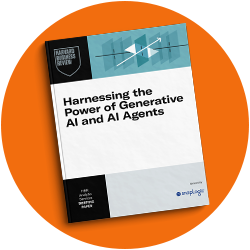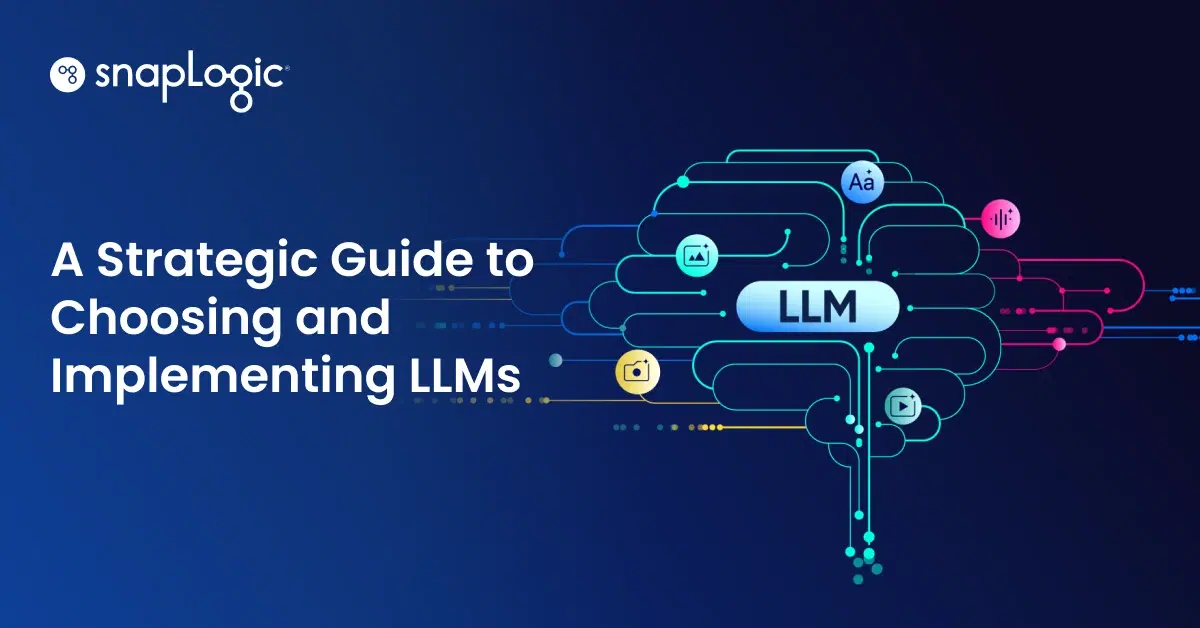By Gaurav Dhillon
A few weeks ago, the legendary tech journalist, Walt Mossberg, penned his last column. Although tech journalism today is vastly different than it was in 1991, when his first column appeared in the Wall Street Journal, or even five or 10 years ago, voices like Walt’s still matter. They matter because history matters – despite what I see as today’s widely held, yet unspoken belief that nothing much important existed prior to the invention of the iPhone.
Unpacking that further, history matters because the people who learn from it, and take their cues from it, are those who will drive the future.
Enterprise tech history is still unfolding
I like to think of myself as one of those people, certainly one who believes that all history is meaningful, including tech history. As tech journalism’s eminence grise, Walt not only chronicled the industry’s history, he also helped to define it. He was at the helm of a loose cadre of tech journalists and industry pundits, from Robert X. Cringely to Esther Dyson, who could make or break a company with just a few paragraphs.
Walt is now retiring. So what can we learn from him? The premise of his farewell column in Recode is that tech is disappearing, in a good way.”[Personal] tech was once always in your way. Soon, it will be almost invisible,” he wrote, and further, “The big software revolutions, like cloud computing, search engines, and social networks are also still growing and improving, but have become largely established.”
I’ll disagree with Walt on the second point. The cloud computing revolution, which is changing the way enterprises think and operate, is just beginning. We are at a juncture populated by unimaginably large quantities of data, coupled with an equally unquenchable thirst by enterprises to learn from it. The world has gone mad for artificial intelligence (AI) and analytics, every permutation of which is fueled by one thing: data.
The way we use data will become invisible
In his column, Walt observed that personal tech is now almost invisible. We use and benefit from it in an almost passive way. The way data scientists and business users consume data is anything but. Data is still moved around and manually integrated, on-premises and in the cloud, with processes that haven’t changed much since the 1970s. Think about it – the 1970s! It’s no secret that extract, transfer, and load (ETL) processes remain the bane of data consumers’ existence, largely because many enterprises are still using 25-year-old solutions to manage ETL and integrate data.
The good news is, data integration is becoming much easier to do, and is well on its way to becoming invisible. Enterprise integration cloud technology promises to replace slow and cumbersome scripting and manual data movement with fast, open, seamless data pipelines, optimized with AI techniques.
Remember how, as Internet use exploded in the late 1990s, the tech industry was abuzz with companies offering all manner of optimization technologies, like load balancing, data mirroring, and throughput optimization? These days you never hear about these companies anymore; we take high-performance internet service for granted, like the old-fashioned dial tone.
I am confident that we are embarking on a similar era for enterprise data integration, one in which modern, cloud-first technologies will make complex data integration processes increasingly invisible, seamlessly baked into the way data is stored and accessed.
Making history with data integration
I had the pleasure of meeting Walt some years ago at his office, a miniature museum with many of the personal tech industry’s greatest inventions on display. There, his love of tech was apparent and abundant. Apple IIe? Nokia Communicator 9000? Palm Treo and original iPod? Of course. If Walt were to be at his keyboard, in his office, for another couple of years, I’m pretty sure his collection would be joined by a technology with no physical form factor, but of even greater import: the enterprise cloud.
Hats off to you, Walt. And while you may have given your final sign-off, “Mossberg out,” enterprise tech is most definitely still in.
Follow me on Twitter @gdhillon.
Gaurav Dhillon is CEO of SnapLogic. You can follow him on Twitter @gdhillon.












